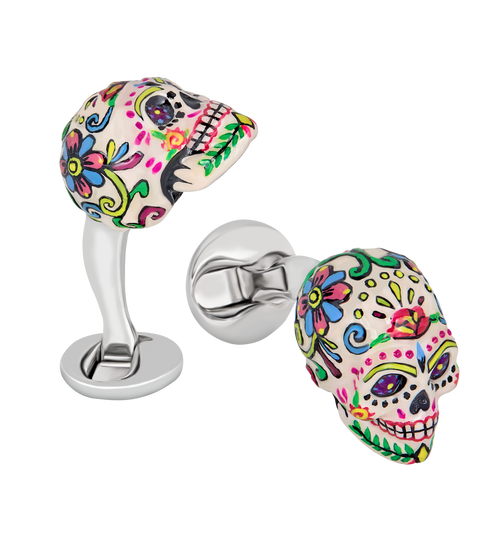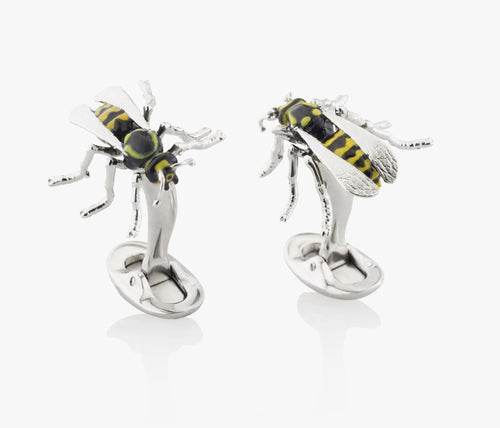The FU Guide's Guide: Fall Layering Part II
Welcome to Part II of The Guide’s Guide to Fall Layering, FU’s wry, incisive look at the fine art of putting clothes on top of other clothes in such a way that you, as an appreciator of impeccable style, are left with a full heart and—maybe on a really good day—a gaggle of street style photographers tracking your every coming and going. In part one we went over structural hierarchy in layering theory (mark our words, we will see layering legitimized as a field of academic study in our lifetimes). You can—and should, if we may be so bold—check it out right here. Now, into the bold, crisp world of autumnal colors, patterns, textures and occasionally throwing it all out the window…
Managing Colors & Patterns
Aside from your general feelings on how you look and feel each time you add a layer, there are some more concrete things to keep an eye out for as you dress. The first is your use and combination of colors and patterns. If you’re building an outfit, it should be obvious with each layer whether you’re getting it right with respect to creating a color palette. In tailored outfits, where the layering structure is a little more fixed (optional undershirt > dress shirt > optional vest > suit/sport coat > accessories > overcoat) you want to explore and commit to either a monochromatic or complementary color approach (typically keeping contrasting colors to the details and accessories). If you decide to incorporate a herringbone or houndstooth fabric into a look, you want to alternate between patterned pieces and solids as you layer. The same principle goes for contrasting colors. With a monochromatic look, it’s tough to get wrong, color-wise, so you especially want to pay attention to...
A Note on Textures
The reason we respond so well visually to layering is that it adds dimensionality and to an outfit. A layered outfit feels somehow more complete than anything you might wear during the warmer months, and a big part of that is all the different materials on offer. Things like chunky sweaters, knit ties and tweed jackets all bring complexity to outfits during a season that often emphasizes earth tones and other aesthetics that seem aimed at making us all look more like the trees we so love to Instagram. Think about a monochromatic tailored outfit. You can definitely spruce up a navy suit with a windowpane check dress shirt or maybe a printed tie, and that’s fine. It works any time of year. But in the fall, you might consider instead keeping the tie and shirt solid, and seeing what kind of mileage you get out of swapping out the basic silk tie for a more robust, knit version, and adding a tweed vest beneath your suit coat. In a casual look, think about the difference a waffle knit undershirt makes as compared to a jersey one. You want to avoid looking like a swatchbook of course, but incorporating a variety of textures into any look—tailored or casual—is like having cheat codes to the layering game.
Exceptions to Every Rule
One of the key takeaways from Part I was that layering shouldn’t be complex. It should be intuitive and guided as much by common sense and utility as handsomeness. But guidelines aren’t laws, and there’s a lot of wiggle room in the layering hierarchy. The pieces of your outfit are like pawns on a chess board; they can usually move up or down one layer in the hierarchy. Shackets can be shirt layers or warmth layers. A warmth layer can be the final layer through much of fall. A blazer can be a warmth or an outer layer, depending on the day. A turtleneck can be any of three layers, depending on its thickness. Ryan Gosling can wear two henleys and be celebrated for it. And of course not every day is going to call for five layers. The point is, layering is a fluid style practice, you shouldn’t feel like any formula for putting an outfit together is too rigid, and, in the case of Gosling’s dual henley’s life sometimes just isn’t fair. But hey, that’s the take-no-prisoners world of layering.






Leave a comment